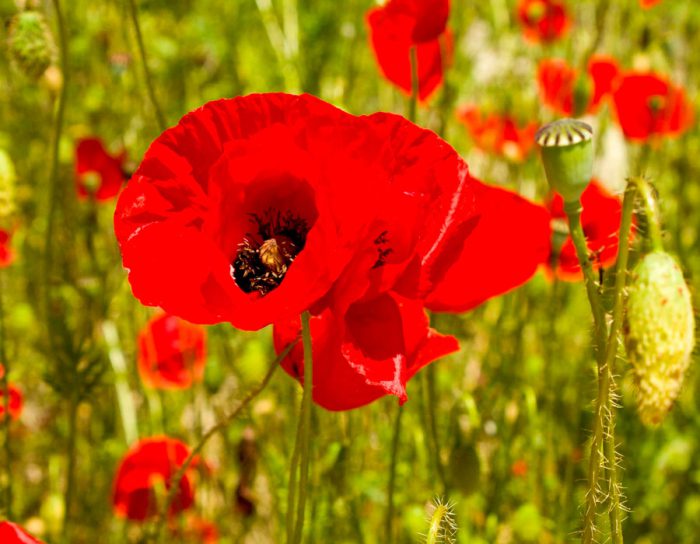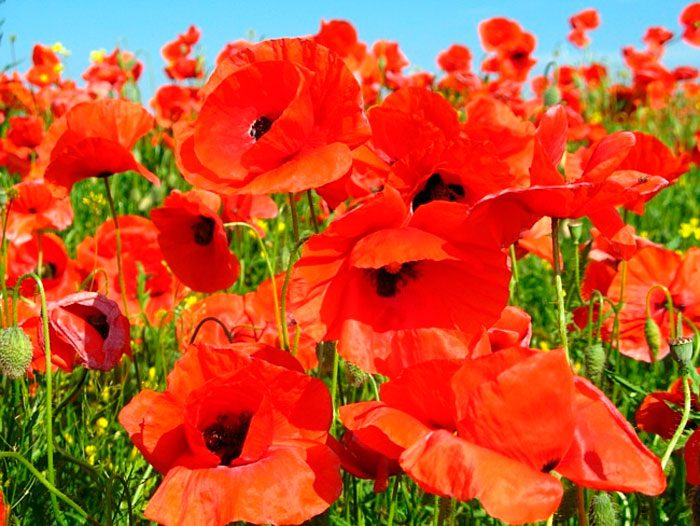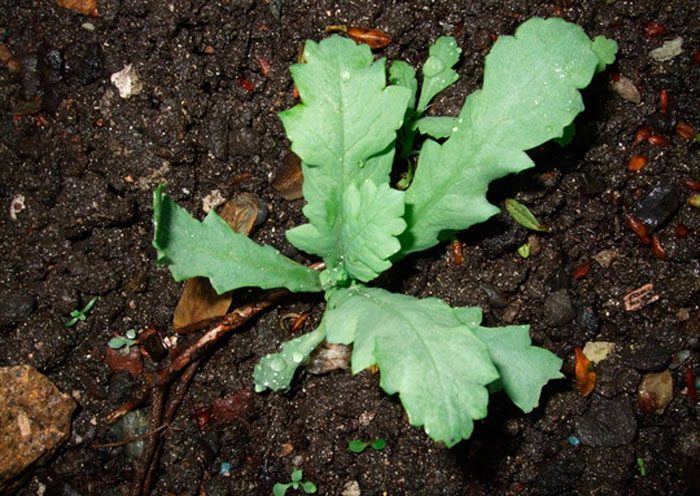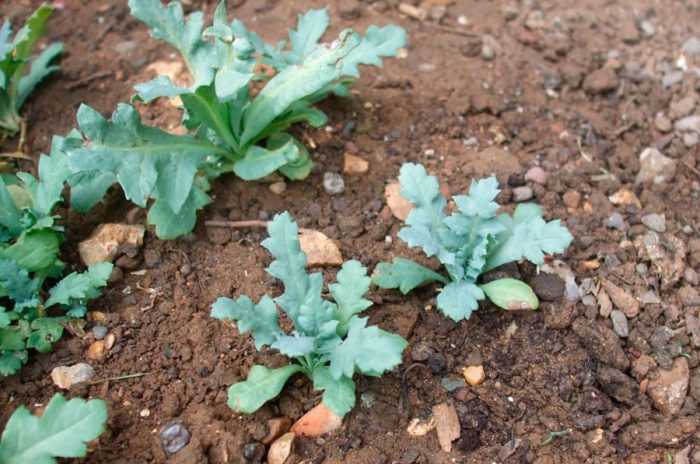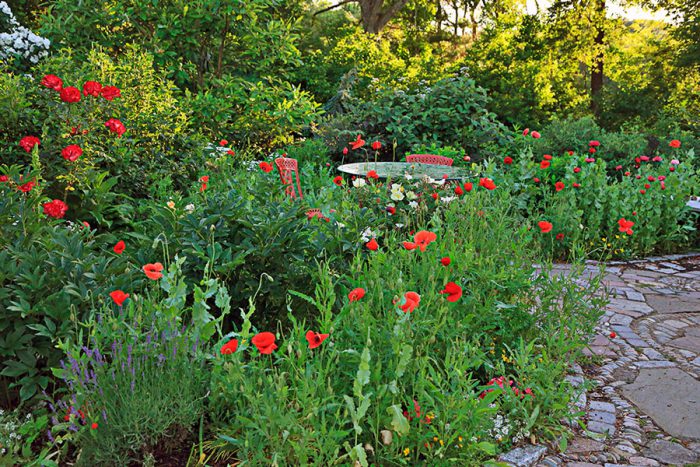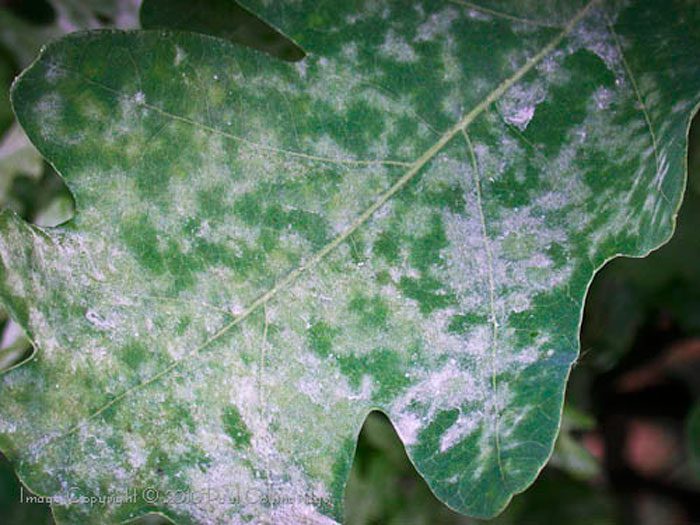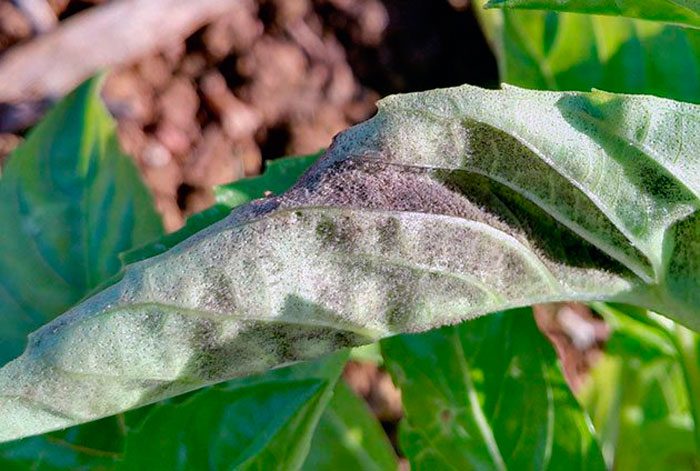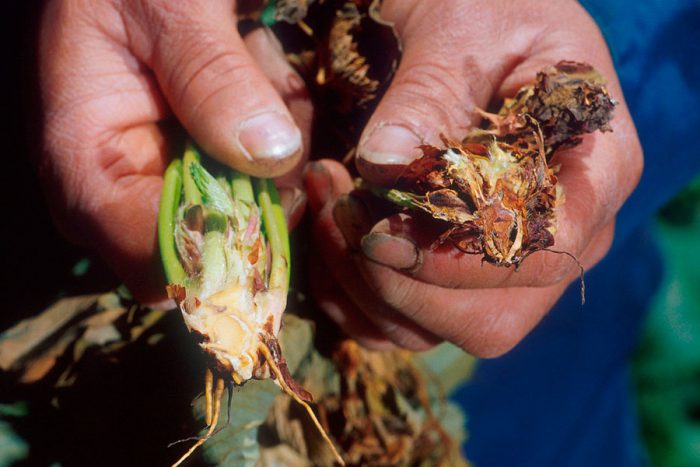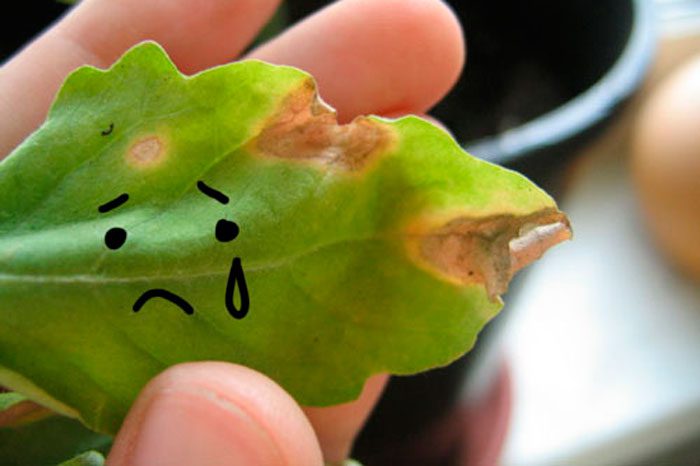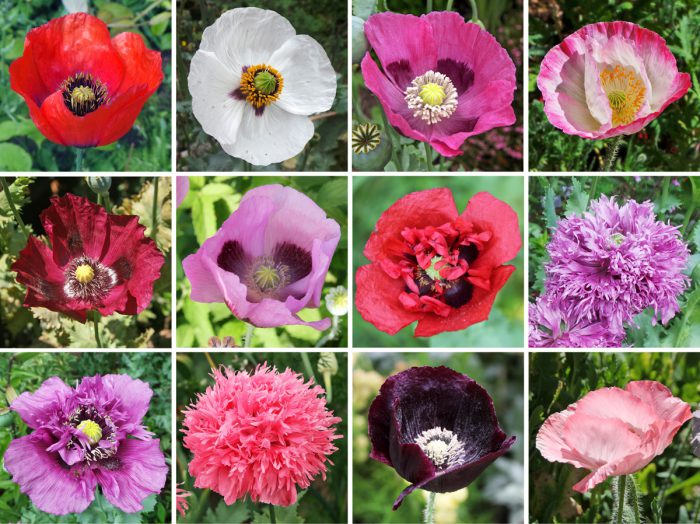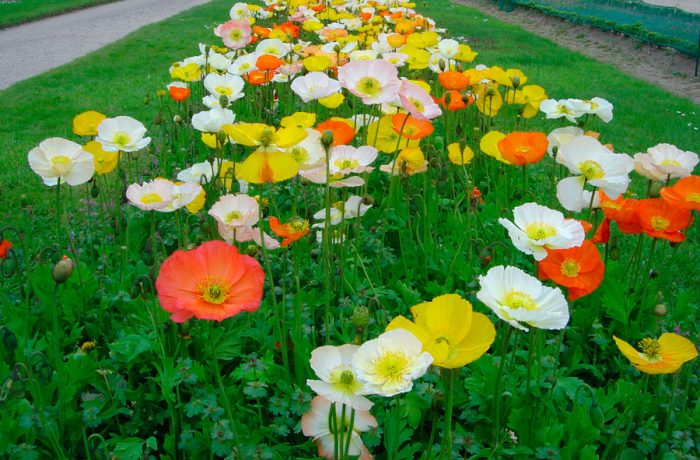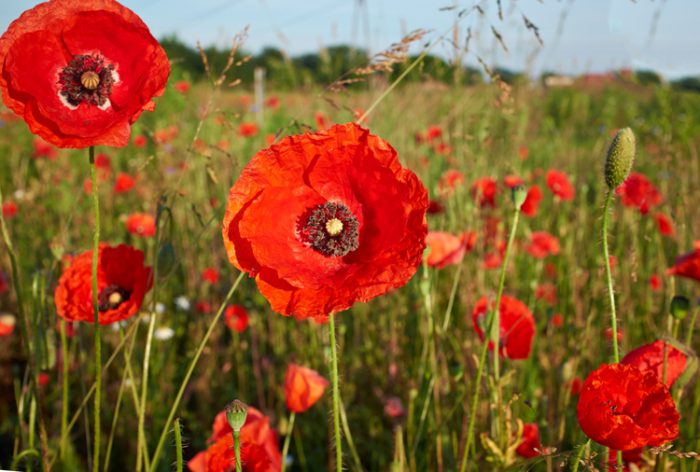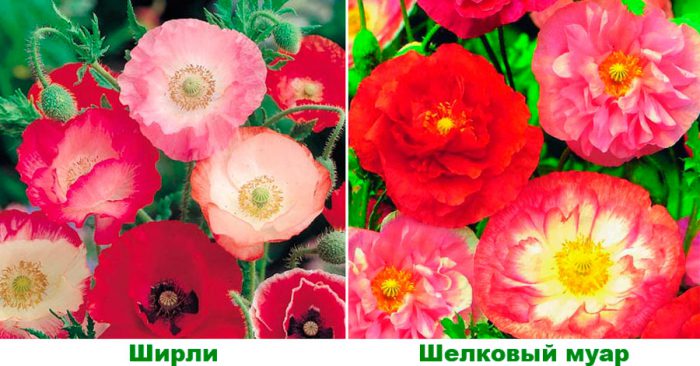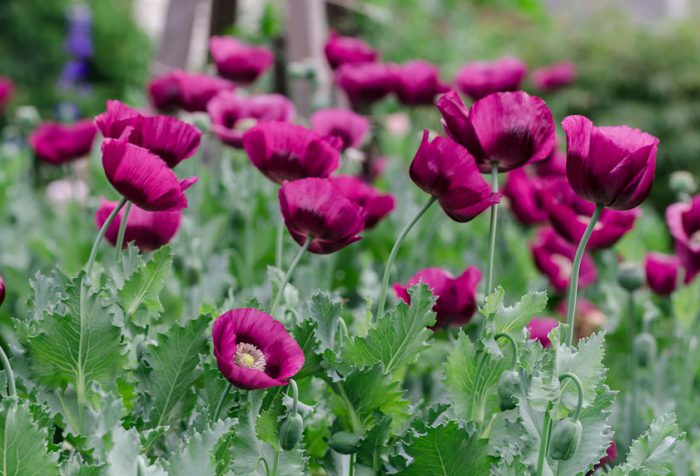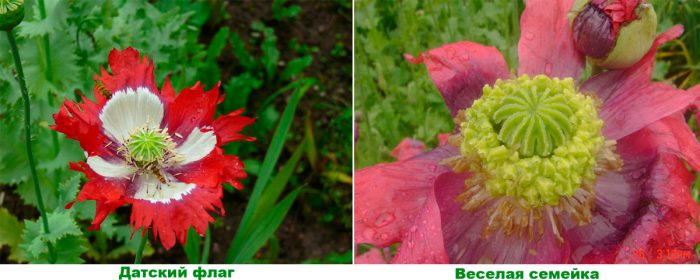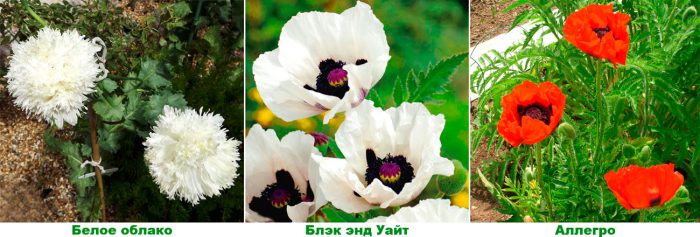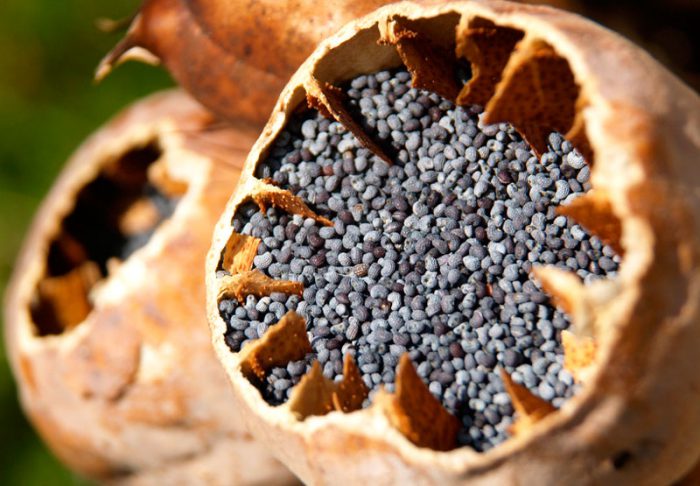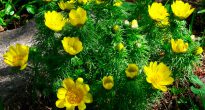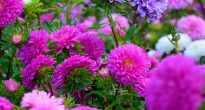The herbaceous plant poppy (Papaver) is a member of the Poppy family. This genus unites more than 100 species. The homeland of such a plant is considered to be Southern and Central Europe, Australia and Asia. Poppies are naturally found in regions with temperate, subtropical and cold climates. They also prefer to grow in arid places, for example, in deserts, steppes, semi-deserts, as well as on rocky and dry slopes. This flower is cultivated as an ornamental and medicinal plant. In a number of countries, poppy cultivation is prohibited, as most of its species contain narcotic substances. In some countries, poppy is grown commercially to obtain opium, which is obtained from unripe capsules. Opium is used as a raw material for the manufacture of pain relievers and hypnotics.
Already in ancient Rome, it was known that poppy has medicinal properties, at that time opium was studied, or rather, its hypnotic effect. There is information that the scientific name of this plant was formed from the Latin word "papa", which translates as "father", this was explained by the fact that to calm a restless crying child, poppy seeds were poured into his food.
In the Muslim countries of Asia Minor in the Middle Ages, the use of alcohol was prohibited, instead opium was smoked there. Over time, this tradition has become widespread in eastern countries, and today China is the largest consumer of opium. In 1820, the Chinese government introduced a ban on the import of intoxicating poison, but after some time, when the "opium" war with England was lost, it was again allowed to import opium. The fact is that England had a huge profit from the supply of this product to China. Today, the cultivation of sleeping poppy is practiced in India, Asia Minor and Central Asia, China and Afghanistan. And among gardeners, decorative poppies, as well as their hybrids, are popular. Such a plant can often be seen in rockeries or in a flower bed.
Content
Poppy features
Poppy is a herbaceous rhizome plant that can be a perennial, biennial, or annual.The taproot goes deep into the soil, while suction roots are placed along the periphery, which are easily torn off during transplantation. The surface of powerful straight shoots can be pubescent or bare. Cirro-dissected or whole leaf plates can be opposite or alternately located, on their surface, as a rule, there is a hairy-bristly pubescence. Apical regular flowers have a large number of stamens, they are located on powerful and relatively long peduncles. As a rule, the flowers are single, but there are types in which they are part of paniculate inflorescences. Solid large petals can be orange, pink, white, red, yellow or salmon. The fruit is a clavate-shaped capsule with seeds inside, it is “clogged” with a flat or convex disc. When the capsule is ripe, it bursts, and its seeds scatter in different directions for a decent distance. The seeds remain viable for 3-4 years.
Growing poppy seeds
Annual poppy is not grown through seedlings as it sprouts well when sown in open soil. In addition, if you grow such a plant through seedlings, then there is a high probability that it will die after transplantation. Perennial poppy can be grown in seedlings. After the seedlings have the first pair of true leaf plates, they should be picked to a permanent place in the open ground.
When to plant poppy
If the seeds of such a flower were bought on the Internet, in a special store or in a garden pavilion, then most often they do not need pre-sowing preparation. Seeds harvested with your own hands must first be stratified; for this, in regions with relatively warm winters, they are sown into the soil in autumn or in the last winter weeks, while it is necessary that the seeds can freeze in cold soil. If you intend to sow poppy seeds in late spring, then the seeds will have to be pre-stratified, for this they are removed on the refrigerator shelf intended for vegetables for 8 weeks. If the seeds are not stratified, then the seedlings will appear much later, while their development will be slow.
How to plant a poppy in the garden
Almost all types and varieties of such a flower grow well in well-lit areas. With respect to the soil, all species and varieties have their own special preferences. A variety that grows well in poor soil does not require preliminary pre-planting site preparation. If the plant needs nutritious soil, then the site should be digged with compost or bone meal. To simplify sowing, it is recommended to combine the seeds with fine sand in a ratio of 1:10. Loosen the soil in the area to a depth of three centimeters, then evenly distribute the seeds over the surface, which need to be sprinkled on top with a thin layer of earth. Sowing of this plant in rows is not carried out, because they will not be able to stay in the place where you put them. Make sure that the soil in the area with crops is always slightly damp. After the seedlings appear, they must be thinned, while a distance of 15–20 centimeters should be kept between the plants. If sowing was carried out in spring, then the first seedlings should appear in 1–1.5 weeks. The poppy will bloom after 3–3.5 months from the day of sowing, the flowering duration is 1–1.5 months.


Watch this video on YouTube
Poppy care in the garden
Growing a poppy will not be difficult. He needs watering only during a prolonged severe drought. When the plants are watered, the soil surface should be loosened between them, and all weeds should be pulled out. To significantly reduce the number of weeding, watering and loosening, it is necessary to mulch the surface of the site.
It is not necessary to feed such flowers, but it should be noted that they respond very well to feeding. Poppy is ill very rarely, and harmful insects rarely settle on it, therefore, treatments are carried out only as needed.
Poppy pests and diseases
If the weather conditions are unfavorable, then the poppy can be affected by powdery mildew, downy mildew (downy mildew), Alternaria and Fusarium.
Powdery mildew
Powdery mildew is a fungal disease. In the affected bush, a cobweb bloom of white appears on the surface of the leaf plates. After a short time, this plaque disappears, but in its place the fruit bodies of the fungus are formed, which are small grains of brown and black color. This disease greatly inhibits poppy, and also negatively affects its yield. Once the disease is detected, the bush should be worked with a solution of soda (for 10 liters of water from 30 to 50 grams) or copper oxychloride (for 1 bucket of water 40 grams). Also, the drug Medex is often used for spraying, while such folk remedies as a suspension of mustard or an infusion of garlic are most effective.
Peronosporosis
Downy mildew (downy mildew) is also a fungal disease. In an infected bush, curvature of peduncles and shoots is observed, and specks of brown-red color appear on the surface of the leaf plates, after which they are deformed. After a while, on the seamy surface of the foliage on the shoots, a bloom of a violet-gray color is formed, which consists of fungal spores. This disease depresses seedlings, while infected adult bushes grow small bolls, which contain much fewer seeds. In this case, it is necessary to process the poppy using the same means as during the fight against powdery mildew.
Fusarium wilting
Fusarium wilting is also a fungal disease. In the affected specimen, dark spots form on the surface of the shoots and leaf plates. Drying of the bush is observed, while underdevelopment and deformation of the bolls occur, which wrinkle and turn brown. In case of fusarium disease, the vascular system of the poppy is damaged. This disease is considered incurable. Affected plants should be removed from the ground and destroyed, and the area where they were grown should be spilled with a solution of any fungicide.
Alternaria
If the plant is infected with Alternaria, then a spotted bloom of olive color forms on the surface of the capsules and leaf plates. This disease is also fungal. A sick specimen should be sprayed with Cuproxat, Fundazol, Bordeaux liquid or Oxychloride.
To prevent the activation of fungal diseases, the fruit change must be observed. This means that in the area where the poppy was previously grown, such flowers cannot be planted for three years. Also, in the autumn, the garden and vegetable garden should be freed from plant residues that need to be burned. At the same time, they dig up the soil to the depth of the shovel bayonet.
Of all insects, the greatest harm to poppy is caused by the weevil, also called the poppy secretive proboscis. It injures the root system of the plant. The larvae of this insect eat poppy foliage. In some cases, aphids settle on the boxes and shoots. For preventive purposes from weevils, before sowing seeds, it is necessary to add granular Chlorophos (7%) or Bazudin (10%) to the soil. If you grow poppy as a perennial plant, then these funds must be sealed in the soil between the plants, and after the flowers sprout, the seedlings should be sprayed 2 or 3 times on the foliage with a solution of Chlorophos. The interval between treatments should be 1.5 weeks. If aphids have settled, then the bushes are treated with Aktara, Antitlin or Aktellik.
Poppy after flowering
Faded annual poppy should be removed from the soil and burned. In order for it to bloom longer, it is necessary to cut off the forming bolls in a timely manner.If the testes are not touched, then self-seeding will appear next season. In the autumn, plant residues should be removed from the site and the soil should be dug.
If the poppy is grown as a perennial plant, then after flowering it loses its attractive appearance, and therefore it should be cut flush with the surface of the site. It is not necessary to cover such flowers for the winter. However, if there is a high probability that the winter will be with little snow and very cold, then the area must be covered with spruce branches or dried leaves.
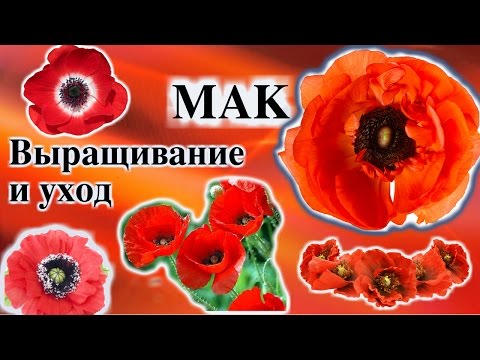

Watch this video on YouTube
Types and varieties of poppy with photos and descriptions
It has already been said above that gardeners cultivate poppies, which are annuals and perennials. Below will be described those annual species that are most popular with gardeners.
Holostem poppy (Papaver nudicaule), or saffron poppy (Papaver croceum)
This perennial plant is grown in culture as an annual. Its homeland is Altai, Mongolia, Eastern Siberia and Central Asia. The height of the shoots is about 0.3 m. The basal pinnate leaf plates are colored light gray or pale green, their surface can be hairy or bare. The diameter of the flowers varies from 25 to 50 mm, they are located on powerful pedicels, reaching 15 to 20 centimeters in length. They can be colored yellow, white or orange. The plant blooms in May – October. Any part of this poppy contains poison! There are several varieties that start flowering in the last spring weeks and end in late autumn:
- Popskyle... The variety is compact and quite effective. The bush reaches a height of 0.25 m. Peduncles are powerful, resistant to gusts of wind. The diameter of the saturated color flowers is about 10 centimeters.
- Cardinal... The height of the bush is about 0.4 m, the diameter of the flowers is about 60 mm, they have a scarlet color.
- Sulfureum... The bush reaches a height of 0.3 m. Flowers of a yellow-lemon color have a diameter of about 60 mm.
- Atlant... The height of the bush is 0.2 m. The flowers reach 50 mm in diameter and can be colored white and yellow.
- Roseum... On a bush reaching a height of 0.4 m, pink flowers grow, having a diameter of 60 mm.
Self-seeding poppy (Papaver rhoeas)
This species comes from Central and Western Europe, Asia Minor, the central zone of Russia and the Mediterranean. Its sprawling branching shoots are erect, their height varies from 0.3 to 0.6 m. The stem leaf plates are tripartite with pinnately dissected lobes, and the basal ones are large pinnately-divided and serrated. There are coarse hairs on the surface of the leaf plates and shoots. The diameter of double or simple flowers reaches 5-7 centimeters, they are colored pink, salmon, red and white, with a white or dark colored edge, and at the base of the petals there may be a dark speck. It has been cultivated since 1596. Gardeners have grown a large number of varieties and garden forms of this species, for example:
- Shirley... This garden form reaches a height of 0.75 m. The flowers are graceful, they are painted in light shades and have white stamens.
- Silk moire... The flowers are semi-double. Along the edges, the petals have a bright color, while in the center they are painted in a delicate shade of the same color.
Sleeping poppy (Papaver somniferum), or opium poppy
Under natural conditions, this species is found in the Mediterranean. One meter tall, weakly branched, erect shoots are painted in a green-gray color, there is a waxy bloom on the surface. The basal leaf plates have an oblong shape, and the stem ones are elliptical, while the upper leaves are triangular, greenish in color, sometimes curly. Single flowers can be simple or double, their diameter is 9-10 centimeters. They are colored pink, lilac, white, purple, red or lilac, and are found with specks at the base of the petals of a white or dark color.Flowers are placed on long peduncles. Flowers open in the morning and wither in the evening. Duration of flowering is from three to four weeks. It has been cultivated since 1597. The cheerful family is popular:
- Danish flag... The bush reaches a height of 0.75 m. So the variety was named due to an unusual color: a white cross is located on a red background, the petals are fringed along the edge. The faded plant retains its showiness thanks to its very beautiful seed bolls.
- Cheerful family... In this variety, the seed pod has an unusual shape that looks like a brood hen sitting with chickens. Flowers are used to make up winter bouquets.
Peony varieties of this type are also quite popular:
- White cloud... Very large snow-white inflorescences are located on powerful peduncles of one meter height.
- Yellow cloud... Large golden inflorescences are very effective.
- Black cloud... The color of the terry inflorescences is purple, a very dark shade.
- Tsartroza... The bush is branched and reaches a height of 0.7–0.9 m. Light pink double flowers reach 9–10 centimeters in diameter, at the base of the petals there is a speck of white color.
- Schneebal... The height of a medium-branched plant is about 0.8 m. White double flowers reach 11 centimeters in diameter. The edges of the inner petals are jagged.
- Zwerg Rosenroth... The height of the bush varies from 0.4 to 0.6 m. Terry red-pink flowers have a diameter of about 10 centimeters. At the center of the oval-shaped petals is a speck of white color. The edges of the inner petals are fringed.
Even as annuals, such types of poppy as gray and peacock are cultivated.
As perennial plants, gardeners of middle latitudes, as a rule, grow oriental poppies. The homeland of such a herbaceous plant is South Transcaucasia and Asia Minor. Powerful bristly, straight and thick shoots reach 0.8–1 m in height. Cirro-dissected basal leaf plates reach 0.3 m in length, stem leaves are not so large and long. The diameter of single flowers is about 18 centimeters, they have a red-fiery color, while at the base of the petals there are spots of black color. Poppy blooms no longer than 15 days, and its dark purple pollen attracts bees to the garden. It has been cultivated since 1700. Oriental Pizzicato poppy variety is very popular among gardeners: powerful bushes reach half a meter in height, flowers are painted in white, lilac, pink, and also in various shades of orange and red. The following varieties are most popular:
- Beauty queen... The height of the bush is 0.9 m. The silky flowers are saucer-shaped.
- Black & White... The bush reaches a height of about 0.8 m. The flowers are white, at the base of the corrugated petals there is a speck of black color.
- Blue Moon... The height of the peduncles is about 1 m. The diameter of the flowers is 0.25 m, they have a pink color, the petals are cast blue.
- Cedric Morris... The height of the bush is about 0.8 m. The pinkish flowers are very large, at the base of the corrugated petals there is a speck of black color.
- Curlilok... The height of the bush is about 0.7 m. The flowers are slightly drooping orange. A black spot is located at the base of the petals serrated along the edge.
- Allegro... Plant height 0.4 m, it begins to bloom in the year of sowing. The flowers are very beautiful and large.
The following varieties are also popular among the gardener: Garden Glory, Glouing Ambers, Mrs. Perry, Karin, Kleine Tangerin, Marcus Perry, Pettis Plum, Perris White, Piccotti, Sultan, Terkenlui, Terkish Delight, etc.
Such types of perennial poppies are also cultivated as: Alpine, Amur, Atlantic, white-pink, or mountain, burcera, Lapland, Miyabe, Scandinavian, bracts, Tatra and Tien Shan. But it should be borne in mind that all these species are less decorative than the oriental poppy.
Poppy properties: harm and benefit
Useful properties of poppy
Many hundreds of years ago, it was known about the properties of the opium poppy. A drink was prepared from the seeds of such a plant, which was used as a hypnotic and pain reliever. Also, this plant was especially popular in Ancient Greece: in the myths it is said that poppy seeds were always carried with him by the god of dreams Morpheus and sleep Gipson, and Hera was also the goddess of fertility. During the reign of Charlemagne in Europe, poppy was highly valued, for example, the peasants were required to donate 26 liters of seeds of this plant to the state. It was used to treat sick people, and it was also given to the child for better sleep. In those days, no one knew that poppy seeds were unsafe. In the 16th century, Jacob Theodorus, who was a botanist and physician, wrote the book "Juice of Poppy Seeds", which described both the benefits and harms of poppy.
Poppy seeds contain fat, sugars and proteins, vitamins E, PP, elements cobalt, copper, zinc, phosphorus, iron and sulfur, while the petals contain fatty oil, vitamin C, alkaloids, glycosides, anthocyanins, flavonoids, organic acids and gum. Poppy seed oil is one of the most valuable vegetable oils. It is used in the production of cosmetics and paints.
Blue poppy seeds are used as an expectorant, and a decoction is also prepared from them, which eliminates pain in the ears, as well as toothache. Poppy seed preparations are used in the treatment of insomnia, pneumonia, liver disease, gastric catarrh and hemorrhoids. Poppy root decoction is used to treat migraines and sciatica. A decoction of seeds is used to improve digestion. This plant is used for excessive sweating, bladder inflammation, dysentery and diarrhea. The following potent medicines are produced on the basis of poppy: Morphine, Narcein, Codeine, Papaverine and Narcotine. They should not be used without first consulting your doctor.
Harm
There are people who are prohibited from taking poppy-based products. These include: elderly people, small children under two years old, people who are prone to alcohol abuse. And also these drugs should not be taken by people with gallstone disease, emphysema, respiratory depression, anoxemia, bronchial asthma or chronic constipation.
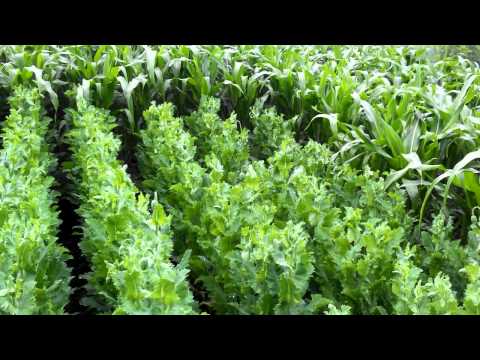

Watch this video on YouTube

